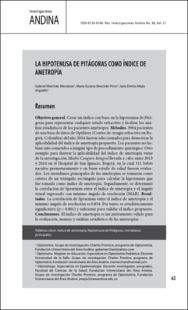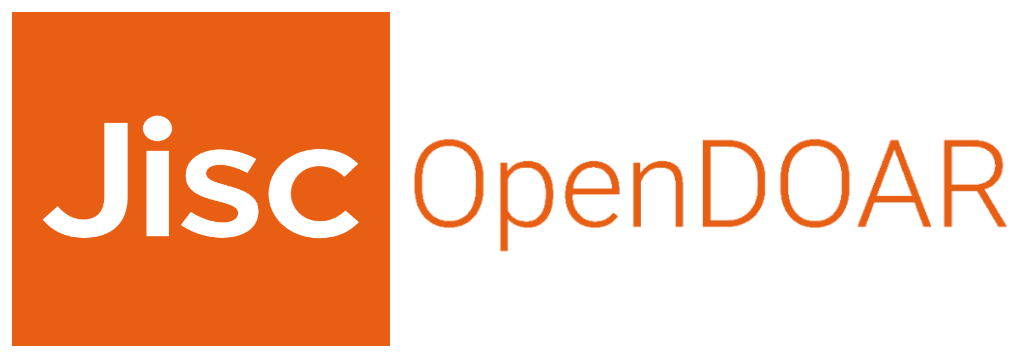La hipotenusa de Pitágoras como índice de ametropía
Article
2019
Objetivo General
Crear un Índice, con base en la hipotenusa de Pitágoras, para representar cualquier estado refractivo y facilitar los análisis estadísticos de los pacientes amétropes.
Métodos
3964 pacientes de una base de datos de OPTILASER (Centro de Cirugía Refractiva en Bogotá, Colombia) del año 2014, fueron seleccionados para demostrar la aplicabilidad del Índice de Ametropía propuesto. Los pacientes no habían sido sometidos a ningún tipo de procedimiento quirúrgico. Otro ejemplo para ilustrar la aplicabilidad del Índice de Ametropía, viene de la investigación “Madre Canguro Integral” llevada a cabo entre 2013 y 2014 en el Hospital de San Ignacio, Bogotá, en la cual 311 bebés nacidos prematuramente y en buen estado de salud, fueron evaluados.
Los Meridanos Principales de las ametropías se toman como catetos de un triángulo rectángulo para calcular la Hipotenusa que será tomada como Índice de Ametropía. Seguidamente, se determinó la correlación de Spearman entre el Índice de Ametropía y el Ángulo Visual expresado con Mínimo Angulo de Resolución (MAR).
Resultados
La correlación de Spearman entre el Índice de Ametropía y el Mínimo Ángulo de Resolución es 0,834 lo cual es estadísticamente significativa (p:< 0,001) y suficiente para validar el Índice propuesto.
Conclusiones
El Índice de Ametropía es un instrumento válido para la evaluación, manejo y análisis estadístico de las ametropías. General Objective. To create a suitable Index, based on Pythagoras’
hypotenuse, to represent any refractive state and to facilitate statistical
analyses of ametropic patients. Methods. 3964 patients from a database
of OPTILASER (Refractive Surgery Center in Bogotá, Colombia)
for the year 2014 were selected to demonstrate the applicability of
the proposed Index of Ametropia. The patients had not been previously
subjected to any kind of surgical procedure. Another example to
illustrate the applicability of the proposed Index of Refraction comes
from a database of an investigation “Madre Canguro Integral” (Integral
Kangaroo Mother), carried out between 2013 and 2014 at Hospital
San Ignacio, Bogotá in which 311 healthy prematurely-born babies
were evaluated Principal meridians of ametropias are taken as catheti
of a right triangle in order to calculate the Hypotenuse which will be
taken as the Index of Ametropia. Spearman Correlation, between the
Index of Ametropia and the Visual Acuity expressed as the Minimum
Angle of Resolution (MAR), are determined. Results. Spearman Correlation
between the Index of Ametropia and the Minimum Angle of
Resolution is 0,834 statistically significant (p: < 0,001) ample enough to
validate the proposed Index of Ametropia. Conclusions. The Index of
Ametropia is a valid instrument for the
Descripción:
Hipotenusa.pdf
Título: Hipotenusa.pdf
Tamaño: 397.5Kb
 PDF
PDF
 LEER EN FLIP
LEER EN FLIP
Descripción: hipotenusa.PNG
Título: hipotenusa.PNG
Tamaño: 91.21Kb
Título: Hipotenusa.pdf
Tamaño: 397.5Kb
 PDF
PDF
 LEER EN FLIP
LEER EN FLIP
Descripción: hipotenusa.PNG
Título: hipotenusa.PNG
Tamaño: 91.21Kb


















